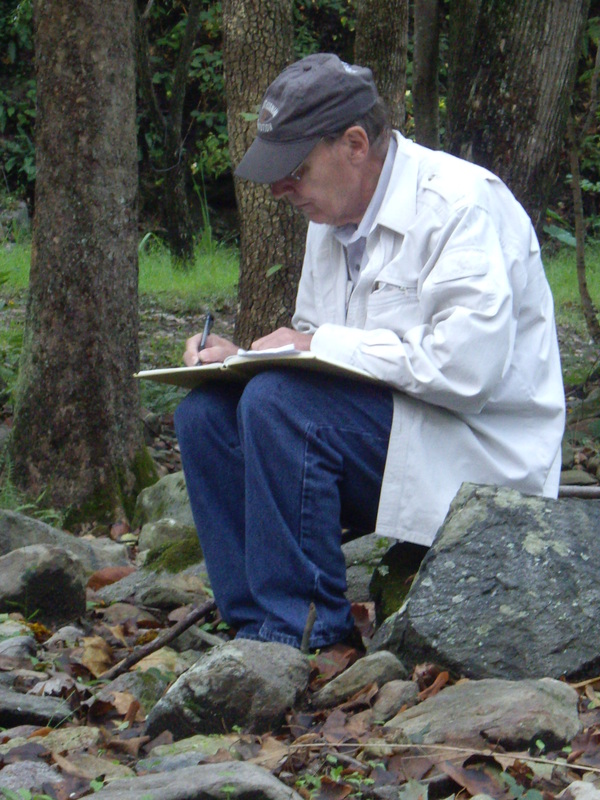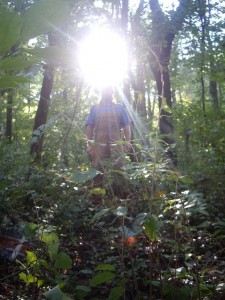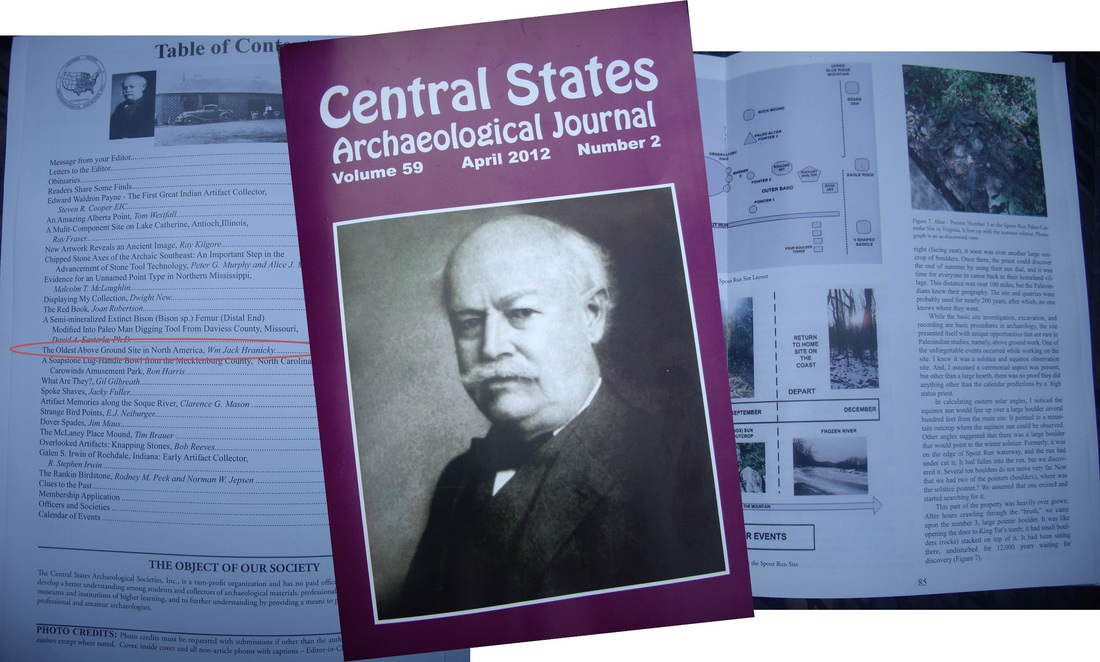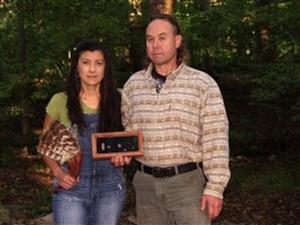| The Spout Run paleosite (44CK151) in Clarke County, Virginia is the oldest, extent, above-ground site in North American. Due to its location in some of the harshest ground in northern Virginia, this site has laid open on the ground just like the Paleoindians left it 12,000 years ago. It served them in a number of ways, such as a calendar for the annual seasons, a place where they held social and religious ceremonies, and a place from which they could control the flintknapping activities at the famous Thunderbird paleosite in Warren County, Virginia. The Paleoindians were making stone tools out of jasper, a favorite stone. This stone is found in the upper Shenandoah River valley. The principal archaeological investigator is Wm Jack Hranicky RPA, who has been practicing archaeology for over 40 years in Virginia. He is the Director of the Virginia Rockart Survey. He has found, recorded, and published five prehistoric solstice sites in the Middle Atlantic area. The Spout Run’s landowner, Chris White, of Native American decent, brought the site to Hranicky’s attention who immediately recognized it as a possible solstice site. With a small excavation, they established the site as Paleoindian Period. The excavation discovered two jasper tools and fire-cracked rocks, indicating a hearth. No other artifacts have been found on the site. Only one 5x5 ft square was excavated which left 95% of the site for the future. Spout Run has direct alignments with both solar solstices, and the site is aligned physically east-to-west with the equinoxes. It has 15 above-ground component areas which have been found so far. The main site is composed of stone concentric rings and solar markers. This area has stone pointers which directly aim at the summer and winter solstices and the equinoxes. Another major feature is a stone altar which is aligned with the summer solstice. | By using the morning sun’s position on the horizon of Blue Ridge Mountain, the Paleoindians could determine the end of the summer after which they left the area and returned to the coastal plain where winters were much more comfortable. Additionally, jasper is difficult to flake into tools when it is below 40 degrees. One rock pointer was tested for a lunar orientation for the last full moon before the winter solstice. Other lunar markers probably exist, but presently they have not been discovered. A shelter was discovered in the site’s upland area that contains Indian rockart: two hand glyphs and a geometric print. Near the top of the Blue Ridge Mountain, there is a large boulder with two incised hand impressions There are now 16 known rockart sites in Virginia. Two other rockart sites in Virginia contain concentric rings, altar, and hand glyphs. The Spout Run site will make a major contribution to our understanding of the paleotimes along the entire Atlantic coast. The Paleoindians are often equated with Mammoth hunting; they needed and made stone tools to hunt them. The upper Shenandoah River valley’s jasper provided the stone for these hunting tools. |
|
0 Comments
|
Paleo News Room
for the site discovered by Chris (Comeswithclouds) White in 2010 Topics
All
History
August 2020
|





 RSS Feed
RSS Feed